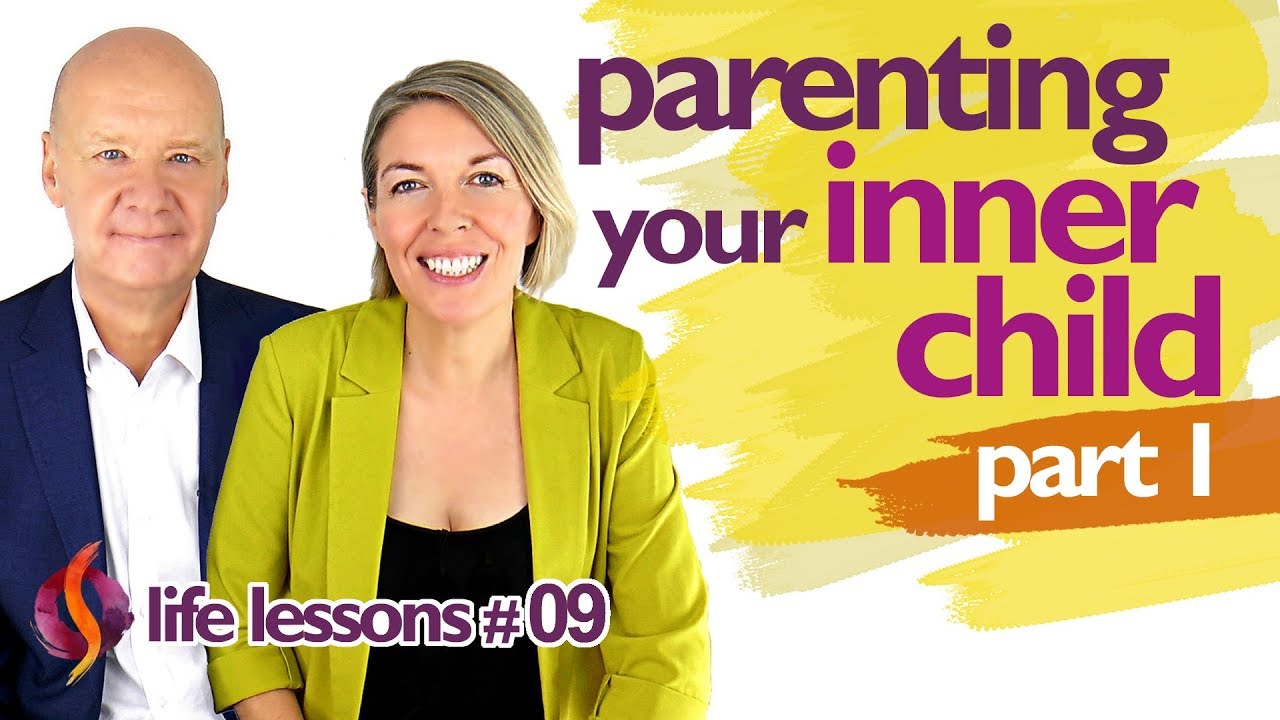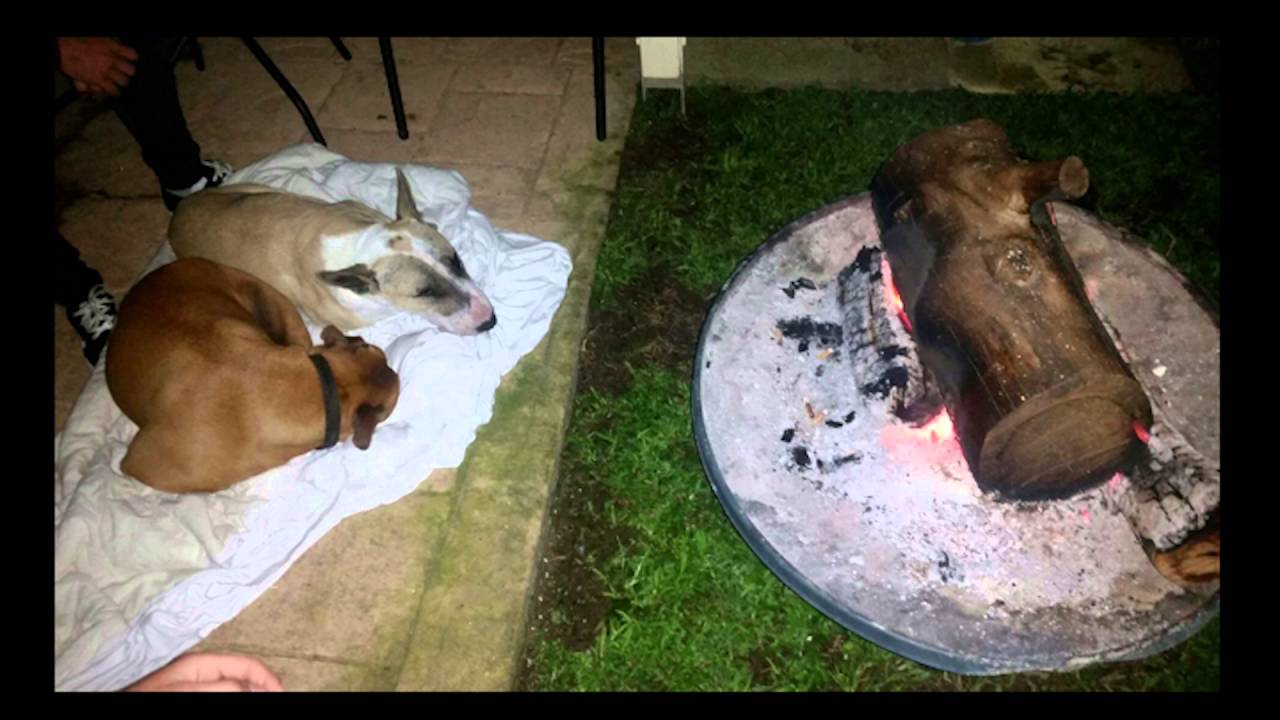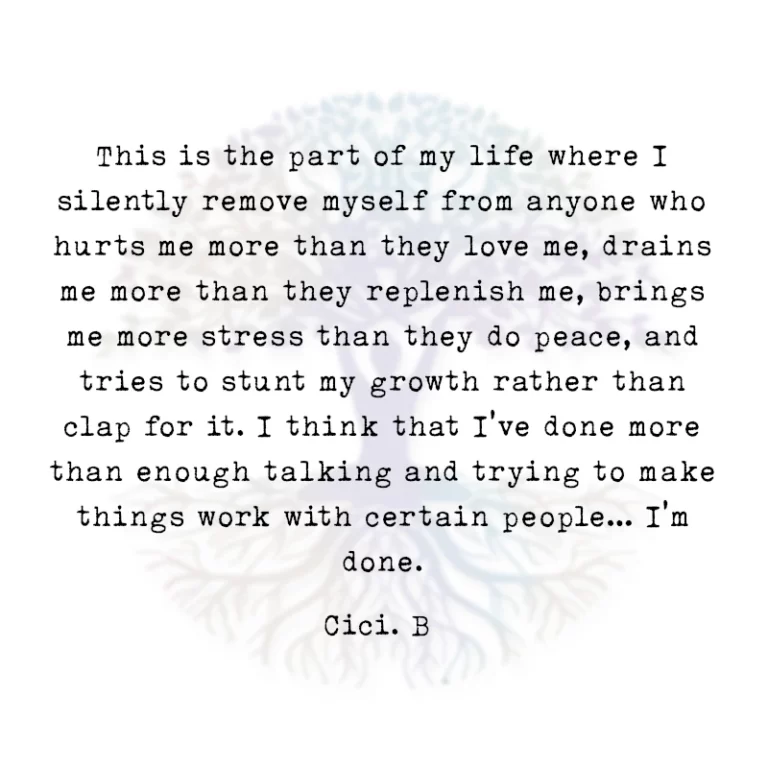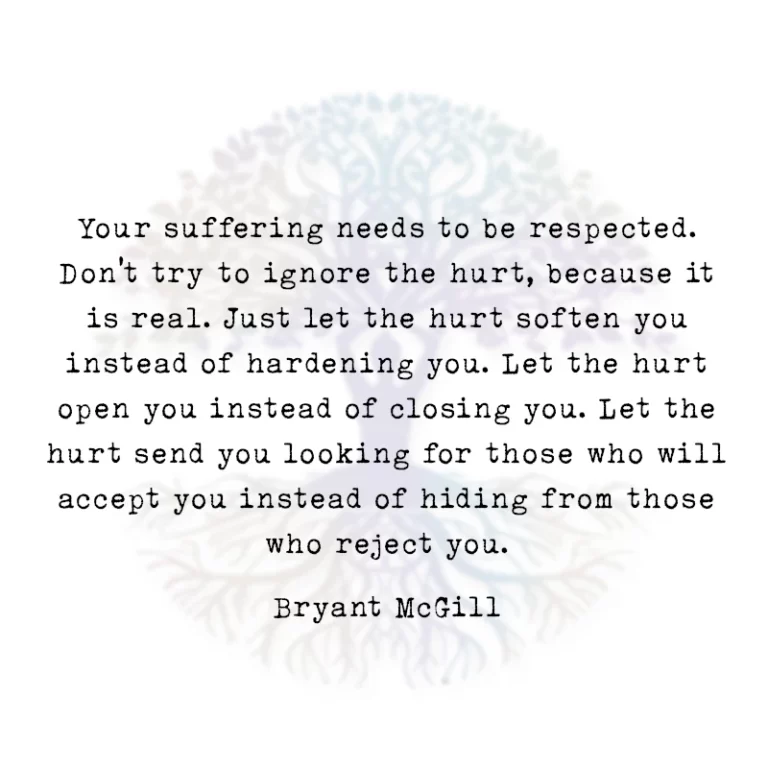Inner child work is to address needs that haven’t been met in childhood and to heal the emotional wounds we’ve developed over the years in response to that. Clinical psychologist Trish Phillips, Psy.D. describes inner child work as “Creating a space where your subconscious is allowed to take the lead.” It is the act of looking deep within ourselves to explore our true feelings and parts of us that may have been rejected or shunned for being too much.
By allowing ourselves to tune into our subconscious, we begin to let go of harmful coping mechanisms (being aloof, numbing our feelings, etc.) and fully integrate our subconscious into consciousness.
Why Should You Reparent Your Inner Child
“Inner child work is essential. It’s the essence of growth as a whole person.” ~ Cheryl Richardson
The method of reparenting was first introduced through art therapy by Dr. Lucia Capacchione in the 1970s. Like many other psychologists, Dr. Lucia believed that our inner child holds enormous power over thoughts, decisions, and relationships. Therefore, we must introduce our inner children to new approaches that help promote positive reflective responses, ensuring they feel the love and protection that was missing in their childhood.
How to Reparent Your Inner Child
“Your inner child is waiting for a genuine, heartfelt apology.” ~ Yong Kang Chan
In order to nurture and communicate with your inner child, you first need to acknowledge their existence. Start simple with daily positive reaffirmations like: “I see you, I hear you.” Then, when you’re ready to create a more meaningful connection, spend time getting to know them.
Create a safe space and sit down to connect with your inner child through methods of meditation, journaling, or therapy. Let them know that you value their feelings and consent and that you want to make choices in their best interest. Establishing trust is key; it lets your inner child believe they have a safe space to release this repeating cycle of the past.
6 ways to reparent your inner child
“The real you is still a little child who never grew up. Sometimes that little child comes out when you are having fun or playing when you feel happy when you are painting, or writing poetry, or playing the piano, or expressing yourself in some way. These are the happiest moments of your life – when the real you comes out when you don’t care about the past and you don’t worry about the future. You are childlike.” ~ Miguel Ruiz
Let’s look at some methods you can model for continual dialogue with your inner child to bring the child and the adult together. Remember that this is a never-ending process – so you need to come back to them, check-in with them, and listen to their needs.
Change your Self Talk
Be wary of the things you say to yourself because it is a conversation with the universe. That has a dramatic effect on you. Before you begin this work with your inner child, be honest to yourself and put your own emotional house in order.
Self talk should be truthful. Would you talk to your own child the way you speak to your inner child? The answer in all probability would be no. You are always criticizing yourself, and being hard on yourself. Once you stop doing that, can you move on to reparenting your inner child.
Open dialogue with your inner child
One way to start communicating with your inner child is to write letters to them. Writing a letter, or freely writing about childhood memories, can help you revisit past experiences and filter out sort associated emotions. These letters will not be sent, they are for you – a way to express, release and heal. Here, the role of the child and the adult will be performed by you.
The letter that’s written on behalf of your inner child should have no boundaries. If someone made you happy, note it down. Similarly, if someone made you feel upset, angry, or unloved, share your inner child’s side of the story. You can even use these letters as a question answers exercise, where your adult self asks your child self questions and then analyzes how the child responds.
Craft your words based on how your inner child responds. Your letter can sound something like this, “You deserve more chances to just be a child instead of taking over responsibilities that are meant to be handled by the adults in your life. Playtime is a valuable way to grow, learn and heal. I’m sorry you didn’t get that chance, but now that I’m here to listen to your needs, we can do all the things you like.”
Re-live the joys of childhood
Adulthood inevitably comes with plenty of responsibilities, but relaxing and setting some time apart for leisure activities are essential components of good mental health. If your childhood lacked positive child-like experiences, such as going to amusement parks and eating lots of ice cream, it is time to get in touch with your playful side to help heal the pain of missing out on what you needed as a child.
Whatever you do, making regular time for fun and play in your life can aid in rekindling the positive emotions of childhood.
Let go of past hurt
Pushing issues down or sweeping them under the rug only works for so long. If you’ve suffered abuse, loneliness, or any form of trauma as a child, it’s necessary to acknowledge what happened.
Open dialogue with your inner child – this might mean opening doors to painful experiences or revisiting a persistent feeling of shame or guilt. If revisiting your past feels dangerous to you, we recommend completing this step with a trained specialist who can offer coping techniques and guide you through the painful trip down memory lane.
Practice visualization
Visualization helps us tap into our imagination and senses; it is a great way to envision your inner child. If you have photos or videos of yourself as a child, look at any emotional scripts you may want to re-write. If you experienced loneliness or neglect, you may find it beneficial to look at those pictures while cuddling yourself and whispering positive affirmations of love, care, and protection.
Reparenting your inner child
Consult a therapist
If reaching out to your inner child triggers feelings of discomfort, grief, helpfulness, or fear, you should seek guidance from a trained mental health professional. Some therapists may have more experience working with inner child techniques. Asking potential therapists about their experience with inner child work can help you find comfort as you heal and grow.
When needs of love, care, and recognition go unmet in childhood, the trauma that results from it can last for a lifetime. But it’s never too late to heal. With time, effort, and guided exercises, reparenting your inner child can open doors to a new life – a life that is healthy, happy, and full of positivity.
References
Reparenting Your Inner Child: Ways to Encourage Therapeutic Dialogue
Carr SMD, et al. (2017).
Nance N. (2015). Inner child therapy. The SAGE Encyclopedia of Theory in Counseling and Psychotherapy.
Diamond, S. A. (2008). Essential Secrets of Psychotherapy: The Inner Child. Psychology Today.
Image Source













